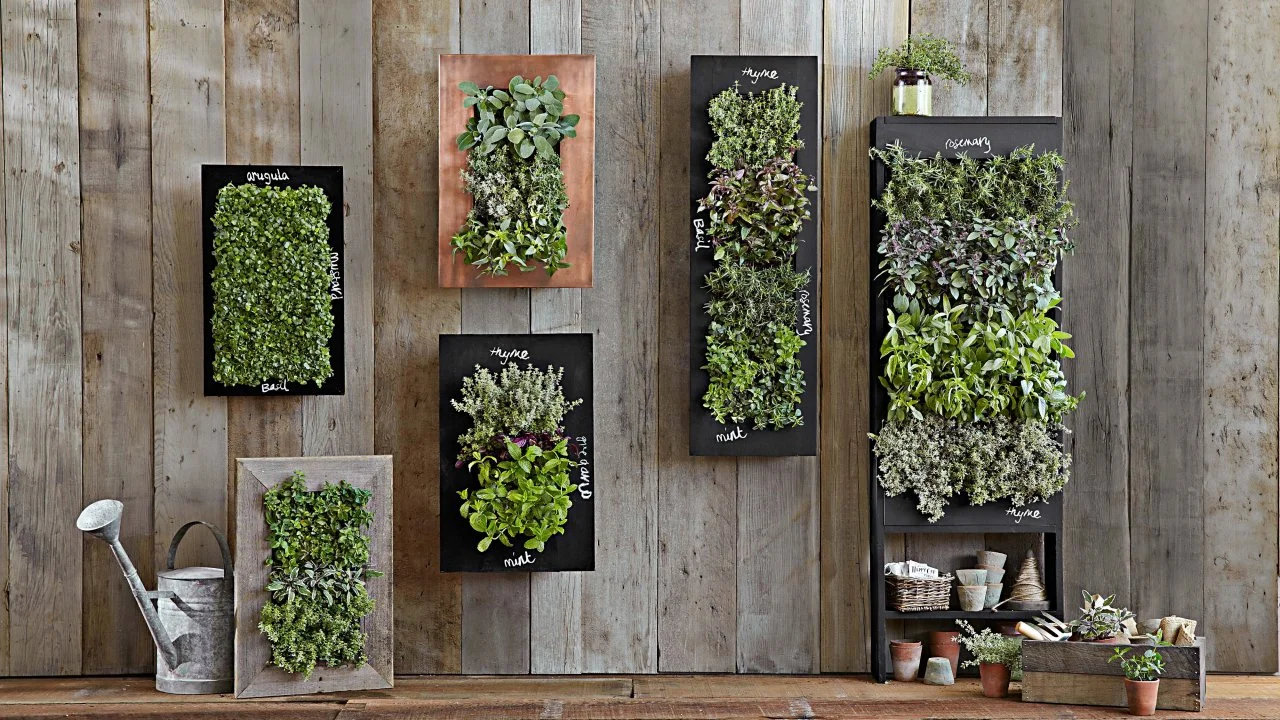Vertical gardening is a creative and space-saving technique that involves growing plants vertically, often on walls or other vertical surfaces. This innovative approach is perfect for urban dwellers with limited outdoor space or anyone looking to maximize their gardening potential.
Why Vertical Gardening?
- Space Efficiency: By growing plants vertically, you can utilize wall space that would otherwise be unused.
- Aesthetics: Vertical gardens add a touch of greenery and beauty to any indoor or outdoor space.
- Improved Air Quality: Plants absorb carbon dioxide and release oxygen, helping to purify the air.
- Fresh Produce: You can grow a variety of herbs, vegetables, and flowers in vertical gardens.
Types of Vertical Gardens
- Living Walls: These are large, structured vertical gardens that often cover entire walls. They can be created using various methods, including hydroponics, aeroponics, or soil-based systems.
- Wall-Mounted Planters: These are individual planters that can be attached to walls or fences. They are ideal for smaller spaces and can be customized to fit your needs.
- Trellis Gardening: By training plants to climb trellises, you can create a vertical garden that adds height and dimension to your space.
- Hanging Baskets: These are classic vertical gardening solutions that can be hung from ceilings, balconies, or porches.
Tips for Successful Vertical Gardening
- Choose the Right Plants: Select plants that are suitable for vertical growth, such as vines, herbs, and small flowering plants.
- Provide Adequate Support: Use trellises, stakes, or other support structures to help plants grow vertically.
- Regular Watering: Vertical gardens can dry out quickly, so it’s important to water them regularly, especially during hot weather.
- Fertilizing: Feed your plants with a balanced liquid fertilizer to ensure optimal growth.
- Pest and Disease Control: Monitor your plants for pests and diseases, and take action promptly to prevent problems.
The Benefits of Vertical Gardening
- Enhanced Urban Landscapes: Vertical gardens can help beautify urban environments and improve air quality.
- Reduced Food Miles: By growing your own food vertically, you can reduce your carbon footprint.
- Mental Health Benefits: Gardening has been shown to reduce stress and anxiety, and vertical gardening is a great way to connect with nature, even in small spaces.
Whether you’re a seasoned gardener or a beginner, vertical gardening is a rewarding and environmentally friendly way to cultivate your green thumb.



